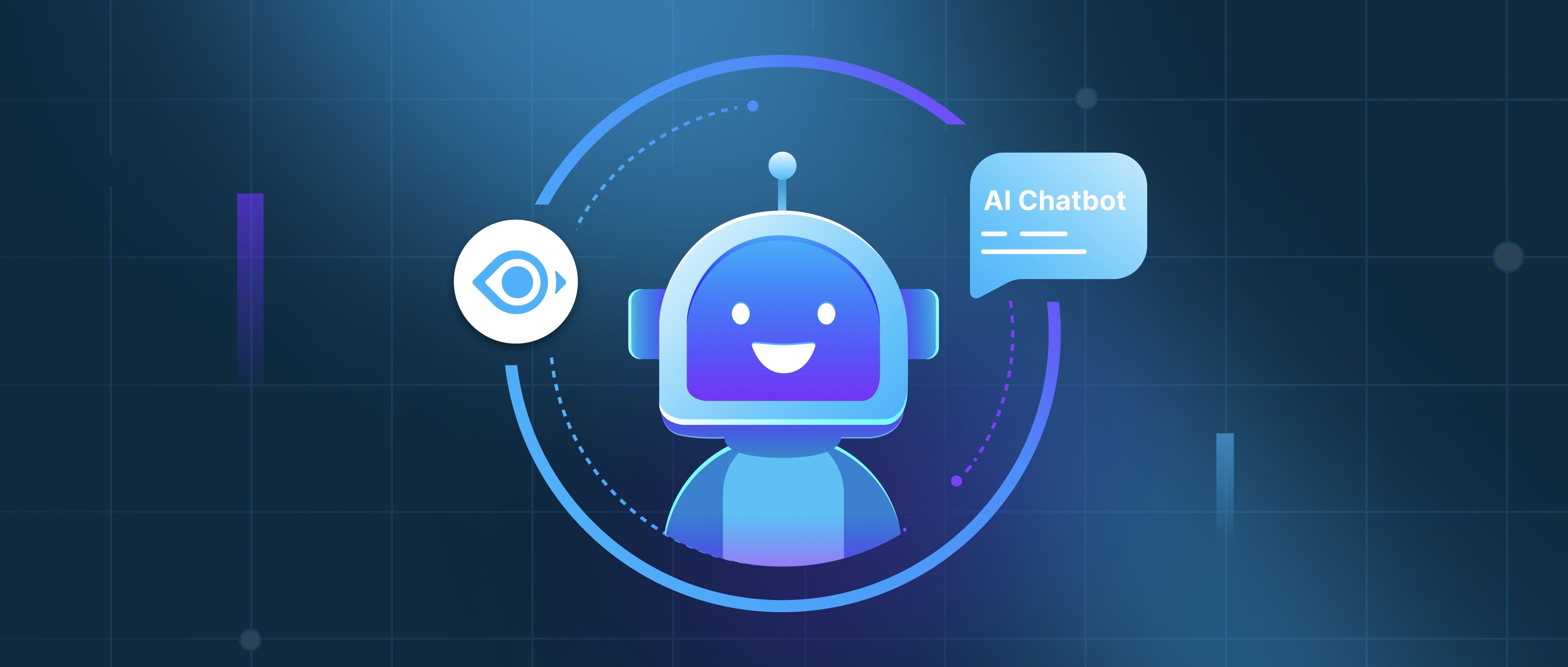Image classification in computer vision refers to the task of assigning a label or category to an entire image based on its contents. This is one of the most common tasks in computer vision, where the goal is to teach a model to recognize what an image represents. For example, in a dataset of animal images, the model might classify an image as either "cat" or "dog" based on visual cues. Image classification is usually done by training a machine learning model on labeled data, where each image has been annotated with the correct class. A Convolutional Neural Network (CNN) is typically used for image classification tasks because it can automatically learn patterns and features from images, such as edges, shapes, and textures, without needing explicit feature extraction. Once trained, the model can predict the class of new, unseen images. Common applications of image classification include facial recognition (where the model determines the identity of a person in an image), medical image analysis (where images are classified as indicating healthy or diseased tissue), and autonomous vehicles (where the system classifies objects like pedestrians, vehicles, and road signs). Image classification can be done at varying levels of granularity, from simple categories to more complex, fine-grained classifications. For example, classifying images of fruits can range from distinguishing between "apple" and "orange" to more detailed subcategories like "Fuji apple" or "Navel orange."
What is image classification in computer vision?

- How to Pick the Right Vector Database for Your Use Case
- Natural Language Processing (NLP) Basics
- Large Language Models (LLMs) 101
- The Definitive Guide to Building RAG Apps with LlamaIndex
- Getting Started with Milvus
- All learn series →
Recommended AI Learn Series
VectorDB for GenAI Apps
Zilliz Cloud is a managed vector database perfect for building GenAI applications.
Try Zilliz Cloud for FreeKeep Reading
How does database observability work in cloud environments?
Database observability in cloud environments refers to the ability to monitor, analyze, and understand the performance a
What are the implications of using copyleft licenses in commercial projects?
Copyleft licenses, such as the GNU General Public License (GPL), have specific implications for commercial projects that
What is the role of planning in AI agents?
Planning in AI agents is the process of determining a sequence of actions that an agent will follow to achieve specific